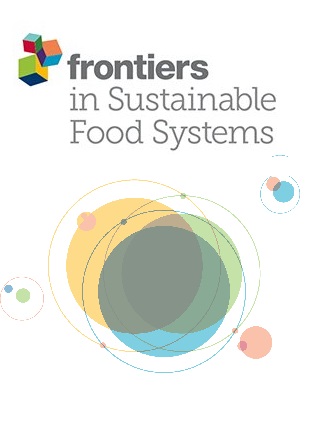Integrating Social-Ecological and Political-Ecological Models of Agrobiodiversity With Nutrient Management of Keystone Food Spaces to Support SDG 2
Agrobiodiversity—the biodiversity of food, agriculture, and land use—is essential to U.N. Sustainable Development Goal 2 by providing crucial food and nutritional quality of diets combined with strengthening agroecological sustainability. Focusing on the agrobiodiversity nexus to SDG 2, the current study utilized the interdisciplinary Agrobiodiversity Knowledge Framework (AKF), household-level surveys, and biodiversity sampling of crop fields and home gardens in a case study in Huánuco, Peru, in 2017. Statistical measures estimated agrobiodiversity of crop fields (n = 268 households) and home gardens (n=159 households) based on species richness (3.7 and 10.2 species/household, in fields and gardens, respectively) and evenness (Shannon diversity index; 0.70 and 1.83 in fields and gardens, respectively). Robust results of Poisson and OLS regression models identified several AKF-guided determinants of agrobiodiversity. Estimated species richness and evenness were significantly associated with 12 social-ecological and political-ecological factors from the four AKF thematic axes: farm characteristics and agroecology; diets and nutrition; markets, governance and sociocultural practices; and global change. This study's AKF approach, agrobiodiversity modeling, agroecological characterization, and field-based case study advanced a series of useful research insights, comparisons, and conceptual innovations to address SDG 2. Characterization of nutrient management through soil- and plant-focused cultural practices and livelihood roles distinguished the “keystone agrobiodiversity-and-food space” of multi-species maize fields (maizales) identified in AKF regression and characterization results. This key space furnished crucial food-nutrition and agroecological benefits that can be expanded by overcoming identified barriers. AKF-guided models incorporating key agrobiodiversity-and-food spaces and ecological nutrient management are needed to strengthen SDG 2 strategies.

